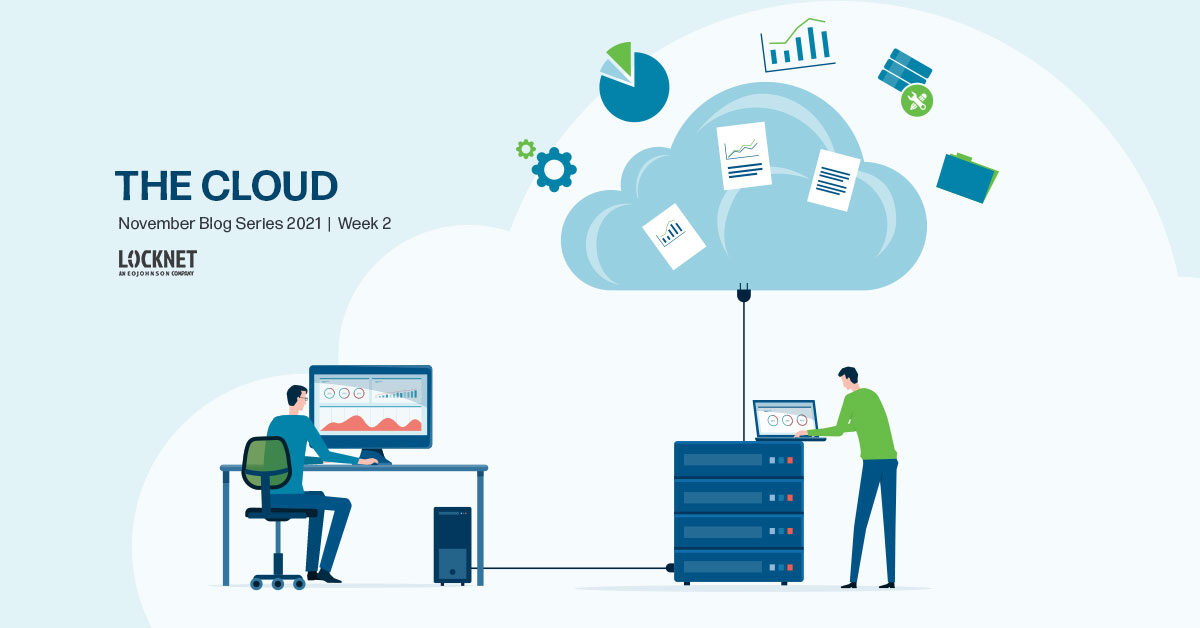Industries We Serve
World Class IT Support & Service
Real People. Right Now.
About Locknet® IT Services
From the first hello, the Locknet® team is dedicated to serving you and your needs.
Real People. Right Now.
From the first hello, the Locknet® team is dedicated to serving you and your needs.


Last week, we explained what exactly the cloud is and how it can support your business needs. Now that you understand the cloud and what it can do for you, perhaps you're ready for the next step: moving to the cloud. But how?
This week, we look at the steps you should take to transition your business from on-premises software to the cloud.
For some companies, managing on-premise infrastructure is one of those things they continue to do because they've always done it that way. But increasingly, organizations are becoming knowledgeable about the difference the cloud can make for them. In fact, Cisco Global Cloud Index says more than 90% of all companies have infrastructure in the cloud already, and we are on track to have more than 95% of all workloads on the cloud this year.
Your organizations' transition to the cloud will be made infinitely easier with the right team on your side. At Locknet® Managed IT, we work as an extension of our client's staff, and a guide, to ensure a strategic, smooth move to the cloud. When your business operations are on the line, you can't leave anything to chance. Here's how we approach cloud migration and the steps we recommend you take.
Now you have the answer to the question: how do I move to the cloud? If you're still on the fence about whether moving to the cloud is right for your organization, stay tuned. In our continuing series about understanding the cloud, next week we'll examine the many benefits of migrating to the cloud.
Now that you understand what moving to the cloud can mean for you, if you're ready to take the leap, reach out. Having a trusted IT partner on your side is key to a successful transition to a cloud-first business model. Our experts at Locknet® Managed IT will talk you through the process of moving to the cloud and we'll help you every step of the way. Simply contact us to get the conversation about moving to the cloud started.
Coming Up Next: Why Move to the Cloud? What are the Benefits?
Managed IT

Onalaska, WI Waterloo, IA Wausau, WI Eau Claire, WI Burnsville, MN
You are now leaving locknetmanagedit.com. Please check the privacy policy of the site you are visiting.